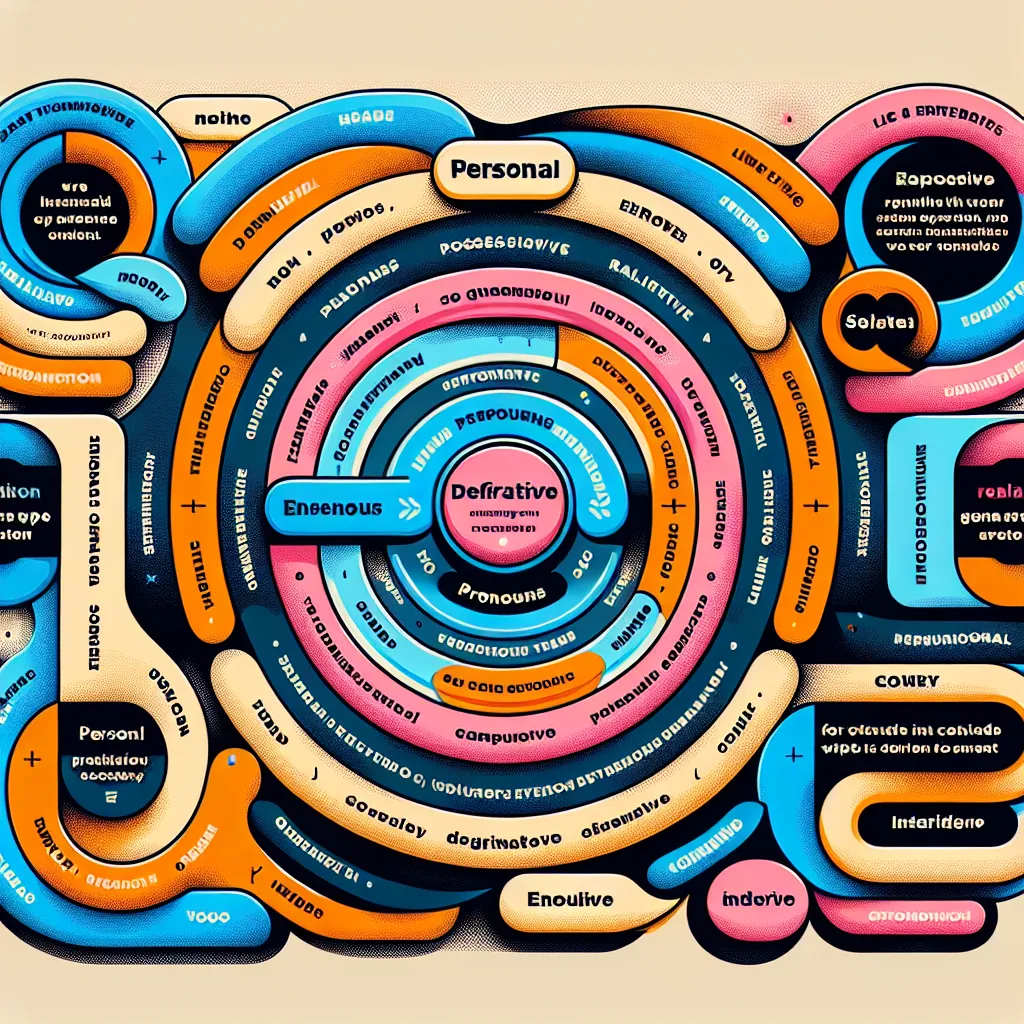Mastering the art of tense shifts is crucial for effective communication in English. Whether you’re a student preparing for exams like IELTS or a professional aiming to enhance your writing skills, understanding how to seamlessly transition between tenses can significantly improve your language proficiency. This guide will explore the intricacies of tense shifts and provide practical tips to help you perfect their use.
Understanding Tense Shifts
Tense shifts refer to the changes in verb tenses within a sentence or paragraph. These shifts are often necessary to accurately convey the timing of events or to maintain consistency in narration. However, inappropriate tense shifts can lead to confusion and disrupt the flow of your writing.
Why Tense Shifts Matter
Proper use of tense shifts is essential for several reasons:
- Clarity: It helps readers understand the sequence of events and their relationship to the present.
- Coherence: Consistent and logical tense shifts maintain the overall coherence of your writing.
- Sophistication: Skillful use of tense shifts demonstrates a high level of language proficiency.
 Importance of Tense Shifts
Importance of Tense Shifts
Common Tense Shift Patterns
Understanding common tense shift patterns is crucial for mastering their use. Here are some typical scenarios where tense shifts occur:
1. Past to Present for Universal Truths
When discussing a past event that leads to a universal truth, shift from past to present tense.
Example:
- Incorrect: The scientist discovered that water boiled at 100 degrees Celsius.
- Correct: The scientist discovered that water boils at 100 degrees Celsius.
2. Past to Past Perfect for Earlier Events
When referring to an event that occurred before the main past action, use the past perfect tense.
Example:
- Before: I arrived at the party. My friends left.
- After: I arrived at the party. My friends had left.
3. Present to Future for Planned Events
When discussing current situations that lead to future plans, shift from present to future tense.
Example:
- I am studying hard because I will take the IELTS exam next month.
Tips for Mastering Tense Shifts
To perfect your use of tense shifts, consider the following tips:
- Identify the main timeframe of your narrative.
- Use a consistent tense for the main events.
- Shift tenses only when necessary to show changes in time.
- Review your writing to ensure all tense shifts are logical and clear.
 Tips for Mastering Tense Shifts
Tips for Mastering Tense Shifts
Common Mistakes to Avoid
When working on perfecting tense shifts, be aware of these common pitfalls:
- Unnecessary shifts: Changing tenses without a valid reason can confuse readers.
- Inconsistent shifts: Ensure that similar actions or events use consistent tenses.
- Overuse of perfect tenses: While useful, overusing perfect tenses can make writing feel convoluted.
For more detailed guidance on avoiding common grammar mistakes, check out our article on common IELTS grammar errors and how to avoid them.
Practical Exercises
To improve your skills in using tense shifts, try these exercises:
- Rewrite paragraphs: Take a paragraph with consistent tense and rewrite it using appropriate tense shifts.
- Timeline creation: Create a timeline of events and practice describing them using correct tense shifts.
- Narrative transformation: Change a story from past tense to present tense, noting where shifts are necessary.
Advanced Tense Shift Techniques
For those aiming for a higher level of proficiency, consider these advanced techniques:
- Historical present: Using present tense to narrate past events for dramatic effect.
- Future-in-the-past: Employing “would” to describe future events from a past perspective.
- Conditional tenses: Mastering the use of conditional tenses for hypothetical situations.
For a deeper dive into advanced grammar techniques, explore our guide on advanced IELTS grammar strategies.
Conclusion
Perfecting The Use Of Tense Shifts is a key skill for anyone looking to improve their English proficiency. By understanding the principles behind tense shifts, practicing regularly, and being mindful of common mistakes, you can significantly enhance your writing and speaking abilities. Remember, consistency and clarity are your main goals when working with tense shifts. Keep practicing, and you’ll soon find yourself navigating through different tenses with ease and confidence.
We encourage you to apply these tips in your writing and share your experiences in the comments below. For more language learning resources and IELTS preparation materials, explore our other articles on IELTS.NET.




